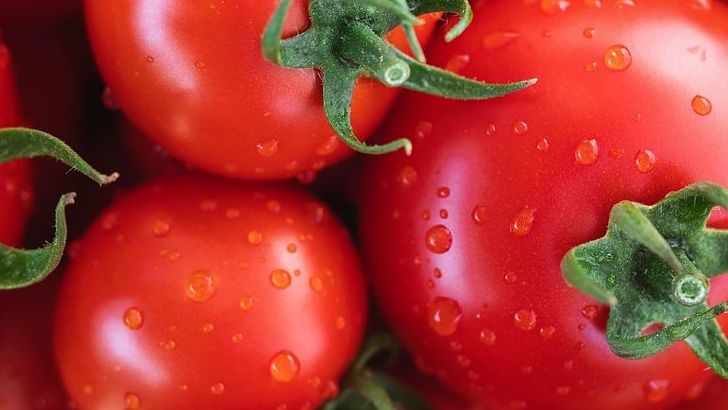Tomatoes: The Scientific Case Against Cold Storage

Most people toss their tomatoes straight into the fridge without a second thought, but this popular habit might actually be ruining one of nature’s most beloved fruits. Research has found no perceptible difference in flavor between tomatoes stored at room temperature versus refrigerated ones when considering the entire post-harvest chain, challenging decades of kitchen wisdom. However, a 2016 study noted no significant decline in volatile compounds after one or three days of cold storage, although after a week there was a decline, and longer-stored tomatoes scored significantly lower with consumer tasting panels. The refrigeration of tomatoes can lead to changes in their texture and flavor, and can interfere with the ripening process, leaving you with bland, texture-compromised tomatoes.
Tomatoes are climacteric fruits, meaning they continue to ripen after being harvested through the production of ethylene gas. When you refrigerate them, you’re essentially hitting the pause button on this natural process, which explains why refrigerated tomatoes often taste flat and mealy. The consensus seems to be that tomatoes should be refrigerated for no more than three days, and even then, you’re trading flavor for extended shelf life.
Bread: The Staling Accelerator Nobody Talks About

Here’s something that might shock you: putting bread in the refrigerator actually makes it go stale faster, not slower. Research shows an increased firming rate for storage at fridge temperature, with significant increases in bread firmness for various bread types when stored in plastic bags at fridge temperature. This isn’t just a minor texture change – it’s a complete transformation of your bread’s quality.
The science behind this phenomenon is fascinating and relates to something called starch retrogradation. Storage temperature has an effect on bread staling as starch molecules start to crystallize over time, forcing water out of the loaf’s interior – this is what we refer to as staling. Low temperatures accelerate the firming rate in starch gels, and retrogradation occurs at temperatures above the glass transition temperature and below the melting temperature. Think of it like this: your fridge is the perfect temperature zone to turn your soft, fluffy loaf into a dense, crumbly disappointment.
Celebrity baker Paul Hollywood has stated that refrigerated bread stales faster because you’re drawing all the moisture out of the loaf. While refrigeration does prevent mold growth, it extends freshness for about one to two weeks but can cause bread to become stale faster due to moisture loss. The trade-off simply isn’t worth it for most households.
Potatoes: The Sweet and Gritty Transformation

Storing potatoes in the refrigerator triggers a chemical process that fundamentally changes their composition and safety profile. These starchy tubers react to temperature changes in complex ways, and when stashed in the fridge, their natural starches begin converting into sugar through a process called cold-induced sweetening. This isn’t just about taste – it’s about chemistry and potential health concerns.
It’s best to store potatoes in a paper bag at room temperature to preserve their texture and flavor, as refrigeration can make them gritty and overly sweet due to the moisture. Temperatures below 40°F can cause sugar buildup and sweetening, which creates that unpleasant gritty texture many people notice but can’t quite explain.
The real concern comes when you cook these cold-stored potatoes at high temperatures. When potatoes that have undergone cold-induced sweetening are fried, roasted, or baked at high temperatures, the extra sugars react with naturally occurring amino acids in the Maillard reaction, creating acrylamide – a potentially harmful compound linked to cancer in animal studies. While occasional exposure isn’t likely to pose major health risks, public health organizations have recommended minimizing acrylamide intake whenever possible.
The evidence is clear: some foods simply don’t belong in the cold confines of your refrigerator. Tomatoes lose their flavor complexity, bread becomes stale at an accelerated rate, and potatoes undergo chemical changes that affect both taste and safety. Next time you’re unloading groceries, remember that your countertop might be the better choice for these three staples. Your taste buds – and your health – will thank you for breaking these common storage habits.





